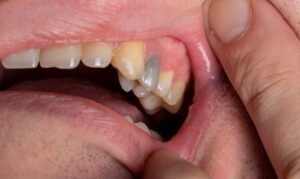In orthodontics, patients must choose between Invisalign and traditional braces. Both options have advantages and disadvantages. It is important to consider them carefully. This informative article will compare Invisalign and braces in detail. The study focuses on important factors. These include appearance, comfort, maintenance, cost, and treatment effectiveness. So, which is better – Invisalign or braces? Let’s delve into the details.
How Invisalign Works
Invisalign is a famous brand of clear aligners that revolutionises orthodontic treatment. The clear aligners, called invisible braces, fit each patient’s teeth. Each patient has a unique dental structure. These braces are made with medical-grade plastic. They gently apply pressure to the teeth. This helps move them to the desired position. The standout feature of Invisalign is its discreet, nearly invisible appearance.
The Benefits of Invisalign.
Invisalign has become popular for various reasons. These include:
Appearance: Invisalign aligners are made of clear plastic and fit snugly. They appear almost invisible to onlookers.
Comfort: Invisalign aligners are more comfortable than traditional braces. They don’t cause discomfort or mouth sores like metal brackets.
Oral Care Ease: Maintaining good oral hygiene is a breeze with Invisalign. Remove the aligners for brushing and flossing. No wires or brackets.
Food Freedom: Invisalign aligners give you food freedom. You can enjoy your favorite foods without any restrictions.
Fewer Orthodontist Visits: Invisalign treatments typically require fewer in-office visits compared to braces. Regular check-ups are still necessary though.
How Braces Work
Traditional braces work for teeth straightening. These braces involve attaching metal brackets and wires to the teeth. The components apply pressure to the teeth, moving them slowly. The purpose is to align them correctly. The braces range includes metal, ceramic, and lingual braces. These options suit various preferences, even behind-the-teeth choices.
The Benefits of Braces
Braces are still popular due to the multiple benefits they offer.
Effective for Complex Cases: for treating minor and complex orthodontic problems. They excel in a wide spectrum of cases, making them suitable.
Variety of Options:: metal, ceramic, or lingual. They can customise their braces to match their aesthetic preferences.
Minimal Responsibility: Braces are non-removable; they don’t require daily removal like Invisalign. You also don’t need to meticulously track wear time with braces.
Food Freedom: Braces don’t require aligner removal during meals, allowing unrestricted eating.
The Drawbacks of Braces
However, braces bring challenges.
Initial Discomfort: Metal braces can cause discomfort at first, irritating the mouth or causing soreness.
Visible Appearance: Traditional metal braces are easily noticeable, potentially impacting self-confidence, especially socially.
Food Limitations: To prevent damage or discomfort, braces should avoid certain foods. Such examples include gum, hard candy, and popcorn.
Frequent Orthodontist Visits: Braces need regular adjustments in the office. This means more visits to the orthodontist.
Stains and Discoloration: After removing metal brackets, users may notice different tooth colors. This can typically be addressed with good brushing habits and teeth whitening post-treatment.
Conclusion:
The choice between Invisalign and braces depends on individual preferences. It also relies on orthodontic needs and lifestyle considerations. Both options aim to achieve a perfectly aligned smile. Invisalign offers discretion, comfort, and easier oral care. Braces excel in treating complex cases with a variety of options. To make an informed decision, consult with an orthodontist.
Frequently Asked Questions (FAQs)
Is Invisalign more expensive than braces?
Invisalign costs more than regular braces. It is personalised and treatment is shorter.
Do Invisalign aligners hurt like braces?
Invisalign may cause discomfort during teeth movement, but it usually results in fewer mouth and gum problems compared to braces.
Can I eat anything with Invisalign?
You can take out Invisalign when you eat. This lets you enjoy almost all foods without limits.
How often should I visit the orthodontist with Invisalign?
Invisalign normally needs visits every 4-6 weeks. However, certain online providers allow remote treatment without in-person visits.
Which is faster: braces or Invisalign?
Braces can close gaps and align teeth faster than other methods. The treatment time depends on the case and the orthodontist’s expertise.
Are you ready to begin the journey to a straighter smile? Reach out to GK Dental Implants and Cosmetic Clinic now to book your Invisalign consultation!







